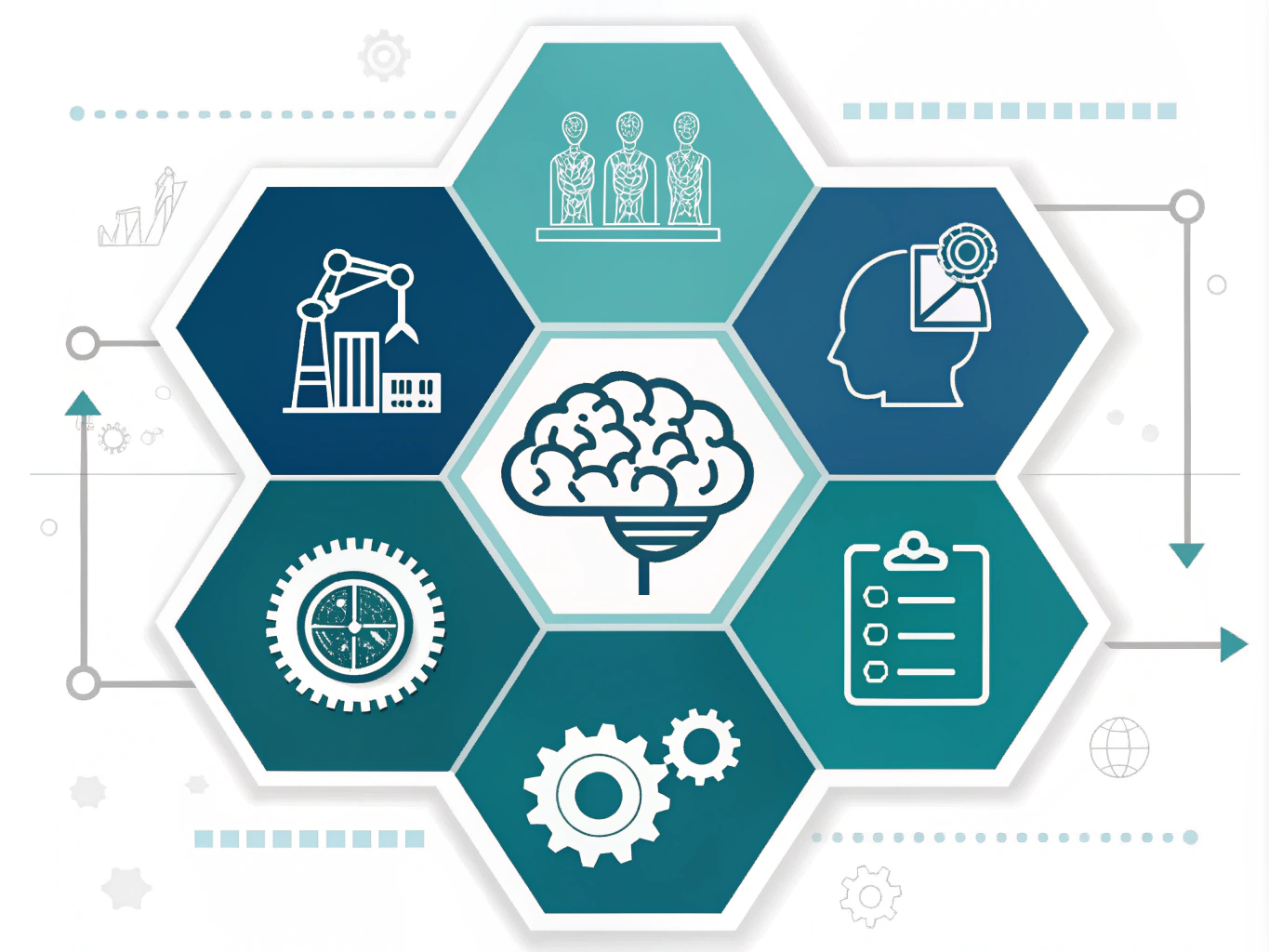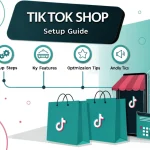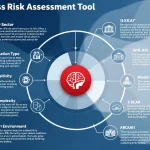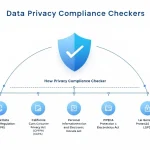AI Solution Guide Generator
Is this tool helpful?
How to Use the AI Solution Guide Generator Effectively
Follow these steps to get the most out of the AI Solution Guide Generator for your professional services firm’s AI Center of Excellence (CoE):
- Firm Industry Sector: Enter the specific industry sector where your firm operates. For example, try “Environmental consulting” or “Insurance brokerage”.
- AI Focus Areas or Use Cases: Describe relevant AI focus areas or applications for your firm. You could input “Claims fraud detection and risk modeling” or “Automated environmental impact assessments”.
- Existing Technical Infrastructure (Optional): Provide a brief overview of your current technology set up. For example, “Azure cloud services with Power BI for analytics” or “On-premises SQL databases and Java-based web frameworks”. You can leave this blank if uncertain.
- Business Objectives: Outline your main goals for AI implementation, such as “enhance regulatory compliance” or “streamline claims processing time”.
- Data Availability and Quality: Choose the availability and quality of your data from options: High, Medium, or Low.
- Team AI Expertise Level: Select your team’s current AI skill level: Expert, Intermediate, or Beginner.
After filling out the required fields, click the Generate AI Solution Guide button. The tool creates a detailed AI roadmap tailored to your firm’s industry, AI focus, and objectives.
You can review the guide and use the provided option to copy the content for easy integration into your internal reports, presentations, or strategy documents.
Introduction to the AI Solution Guide Generator
The AI Solution Guide Generator helps professional services firms build a clear, actionable strategy to develop AI solutions within their AI Center of Excellence (CoE). This tool creates a tailored roadmap that aligns AI projects with your firm’s specific industry needs and goals.
By applying proven best practices and expert insights, the generator ensures your AI initiatives cover essential phases—from initial problem definition and data management to deployment and ongoing maintenance—while addressing potential risks and maximizing business value.
Purpose and Key Benefits
- Craft a focused, industry-specific AI strategy
- Identify and resolve challenges in AI planning and execution
- Align AI efforts with your firm’s business objectives
- Foster collaboration across departments supporting AI innovation
- Mitigate risks during AI development and deployment
Using this tool saves your team time and effort by generating a comprehensive AI solution guide ready for refinement and execution.
Practical Usage of the AI Solution Guide Generator
This tool is designed as an interactive form that processes your inputs to produce a customized AI solution roadmap. It serves as a foundational step in your AI project planning.
How Firms Apply the Generator
- Define your firm’s AI priorities and technical context.
- Receive structured guidance spanning problem understanding, data handling, AI model development, and deployment strategies.
- Use the output as a baseline for internal discussion, ensuring alignment across technical, business, and compliance teams.
- Leverage the guide to anticipate and manage risks such as data quality issues or integration challenges.
Example Use Case: Risk Advisory Firm
Inputs:
- Firm Industry: Risk advisory services
- AI Focus Areas: Predictive risk modeling, client segmentation
- Technical Infrastructure: Cloud-based data warehouses, Python analytics stack
- Business Objectives: Improve accuracy of risk forecasts
- Data Availability: Medium
- Team Expertise: Intermediate
Generated Guidance Covers:
- Approaches to gather and preprocess risk-related datasets with quality controls
- AI model selection techniques for predictive analytics in risk domains
- Steps to pilot AI models and validate results against historical data
- Recommendations for integrating insights with existing client management systems
- Strategies for upskilling the team to support scalable AI deployment
- Risk mitigation plans addressing data privacy and model bias
Example Use Case: Environmental Consultancy Firm
Inputs:
- Firm Industry: Environmental consultancy
- AI Focus Areas: Satellite image analysis, environmental impact prediction
- Technical Infrastructure: Hybrid cloud, open-source geospatial tools
- Business Objectives: Accelerate impact assessment reporting
- Data Availability: High
- Team Expertise: Beginner
Generated Guidance Includes:
- Techniques to acquire and clean geospatial data for analysis
- Recommendations for AI models suitable for image recognition tasks
- Integration advice for incorporating AI predictions into client reports
- Training plans to enhance team’s AI capabilities
- Considerations for ensuring compliance with environmental data regulations
Benefits of Using the AI Solution Guide Generator
1. Tailored AI Strategy for Your Industry
The tool generates guidance that fits your firm’s specific sector and AI priorities, helping you address unique challenges and seize relevant opportunities.
2. Holistic AI Development Coverage
It encompasses every phase of AI projects:
- Defining and understanding the problem
- Data collection and quality assurance
- Solution design and AI model selection
- Development, testing, and validation
- Deployment and performance monitoring
- Cross-team collaboration and governance
- Ongoing risk assessment and mitigation
3. Saves Time and Resources
By automating the creation of a comprehensive guide, you reduce the time spent on planning, allowing your team to focus on executing and optimizing AI initiatives.
4. Aligns with Industry Best Practices
The generated guide incorporates current methodologies and standards, increasing the success rate of your AI projects.
5. Scalable and Adaptable Framework
Use the guide as a repeatable framework for multiple AI projects, adjusting it to specific business needs and evolving technology landscapes.
Addressing Key Challenges in AI Implementation
Structured Approach for Your AI Projects
Many firms lack a clear roadmap. This generator provides a step-by-step plan that ensures you cover all crucial parts, reducing trial and error.
Industry-Specific Recommendations
The guide considers your sector’s quirks. AI applications in a healthcare firm differ significantly from those in legal services; this tool adjusts accordingly.
Data Quality and Privacy Considerations
Effective AI depends on clean, relevant data. The guide offers practical advice on data collection, processing, and compliance with privacy regulations.
Seamless Integration with Existing Systems
It helps you bridge new AI solutions with your current technology stack, minimizing disruption and ensuring smooth workflow integration.
Proactive Risk Mitigation
Risks like model bias, data issues, or deployment failures can derail AI projects. The guide identifies potential pitfalls and suggests ways to manage them.
Frequently Asked Questions About the AI Solution Guide Generator
Who should use this tool?
Professional services firms across consulting, legal, accounting, and financial advisory sectors use this tool to structure their AI Center of Excellence initiatives effectively.
Do I need technical knowledge to use it?
No technical expertise is required. You only need to understand your firm’s AI goals and infrastructure to provide accurate inputs.
Can I customize the generated guide?
Yes, the guide is a starting point. You can tailor it further based on your firm’s processes, resources, and structure.
How frequently should I use the generator?
Use it at the start of new AI projects or when updating your AI strategy. Revisiting the guide annually helps keep your approach current with industry trends.
Does the tool help with budgeting?
While it doesn’t provide exact budgets, the guide highlights resource needs and investment areas that support your budgeting process.
How is the tool kept up-to-date?
The generator is regularly updated to incorporate the latest AI technologies, regulatory guidelines, and industry practices to keep your AI strategy relevant and effective.
Important Disclaimer
The calculations, results, and content provided by our tools are not guaranteed to be accurate, complete, or reliable. Users are responsible for verifying and interpreting the results. Our content and tools may contain errors, biases, or inconsistencies. Do not enter personal data, sensitive information, or personally identifiable information in our web forms or tools. Such data entry violates our terms of service and may result in unauthorized disclosure to third parties. We reserve the right to save inputs and outputs from our tools for the purposes of error debugging, bias identification, and performance improvement. External companies providing AI models used in our tools may also save and process data in accordance with their own policies. By using our tools, you consent to this data collection and processing. We reserve the right to limit the usage of our tools based on current usability factors.







